Social Media Algorithms: What Brands Need to Know in 2025
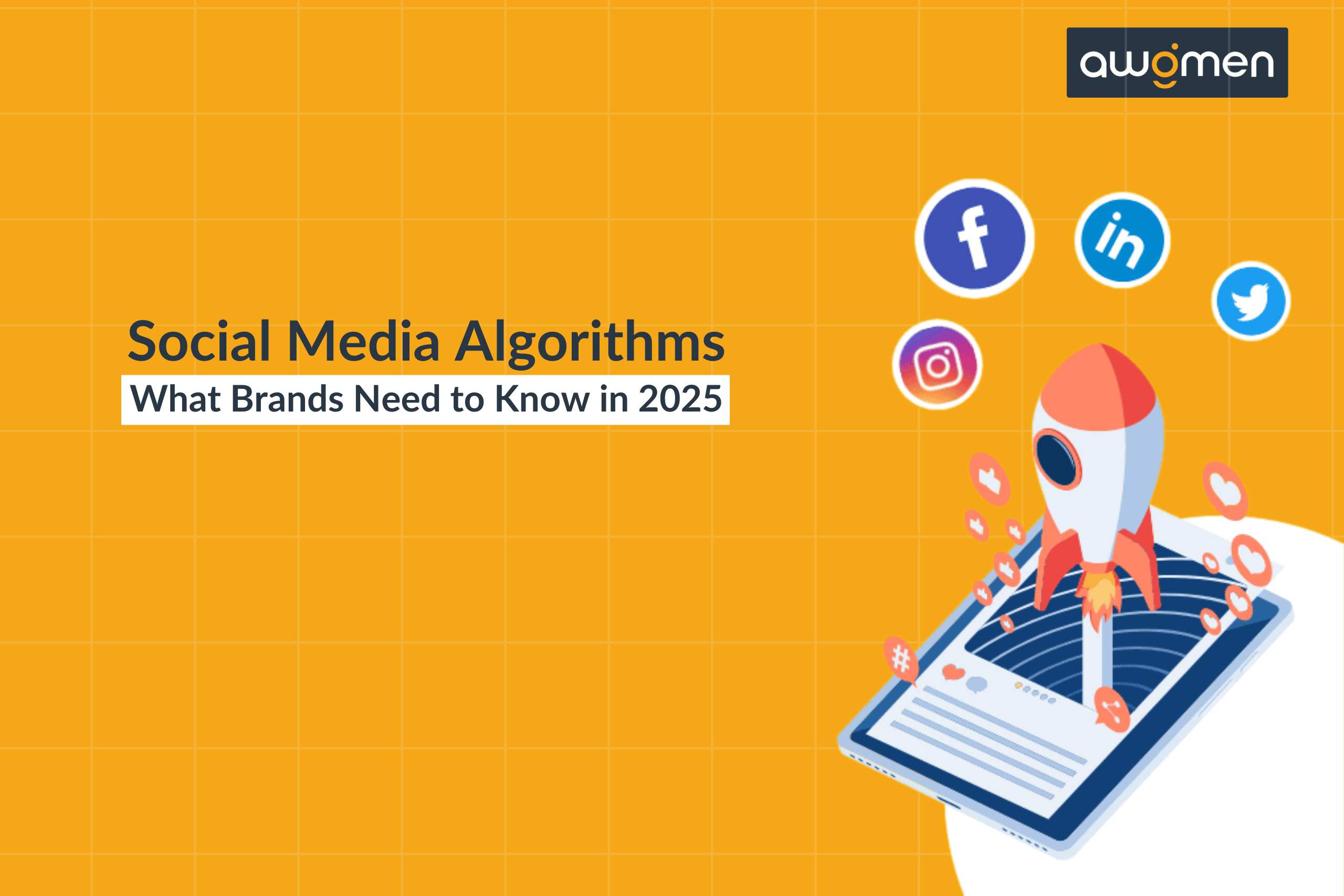
If your content isn’t getting the traction it used to, it’s not because the platforms are working against you - it’s because they’ve evolved. And so must we.
Social media algorithms in 2025 are no longer the mysterious gatekeepers they once were. They’re predictable, pattern-driven systems - rewarding consistency, connection, and context. What’s changed is how brands need to think, create, and show up.
This year, every swipe, save, scroll, or second spent watching is a signal. And algorithms are listening more closely than ever.
So, what should brands know and do right now? Let’s break it down.
1. Engagement Has Evolved: It’s All About Quality Signals
Likes are nice, but algorithms are tuned into meaningful engagement: saves, shares, replays, DMs, and watch time. These signal that your content holds value.
Example:
Duolingo’s quirky, educational reels aren’t just viral - they spark reactions, replies, and remixes. That’s gold to the algorithm.
Brand takeaway:
Create content that encourages interaction beyond a double-tap. Ask questions, share tips, or leave room for user participation.
2. Social Search is Booming: Think Like a Search Engine
Instagram, YouTube shorts, and even Pinterest are becoming search-first platforms. Captions, hashtags, alt text - they all contribute to how (and if) your content shows up.
Example:
Sephora crafts beauty tutorials titled with key phrases like “How to cover acne scars” and uses SEO-friendly descriptions across platforms.
Brand takeaway:
Optimize your copy with keywords your audience is searching for. Treat every caption like a mini search query.
3. Content That Teaches, Wins
Value-driven content is getting prioritized. Whether it’s a how-to, a checklist, or a quick explainer - educational formats are climbing the ranks.
Example:
Canva’s “design tips” carousels get saved and shared for their usefulness - and Instagram’s algorithm picks up on that behavior.
Brand takeaway:
Serve your audience something they can use - not just something to scroll past.
4. Real Over Perfect: Authenticity is Favored
Heavily polished, overly scripted content? It’s starting to fade. Platforms are favoring content that feels human, relatable, and less curated.
Example:
Starbucks shares behind-the-scenes videos, team moments, and UGC. It brings their brand closer to their audience and the algorithm favors that proximity.
Brand takeaway:
Let go of perfection. Show the process, the people, and the personality behind your brand.
5. Consistency is Visibility
Posting sporadically won’t cut it. Platforms reward creators and brands that show up consistently - because consistency builds retention.
Example:
Notion’s steady presence across LinkedIn, YouTube and Instagram keeps them top of mind - and top of feed.
Brand takeaway:
Build a realistic posting cadence and stick to it. Momentum matters more than going viral once.
6. Format Isn’t One-Size-Fits-All
Reels, carousels, stories, polls - each format works, but not in isolation. Algorithms consider which format works best for which audience in which context.
Example:
LinkedIn currently boosts carousels that deliver value or storytelling in short, digestible bites. Brands like HubSpot use them to repurpose blog content into quick wins.
Brand takeaway:
Test and tailor formats to each platform’s strengths. What performs well on one might flop on another.
7. Content Distribution is Smarter Now
2025 is the year of strategic repurposing. With cross-platform visibility increasing, content can live longer - if you know how to adapt it.
Example:
Nike turns a 15-second ad into a YouTube Short, an Instagram Reel, and a LinkedIn post - all with different hooks, captions, and CTAs.
Brand takeaway:
Don’t just copy-paste. Re-edit, rephrase, and reframe your content for each platform’s algorithm and audience behavior.
Final Thoughts
In 2025, algorithms are more sophisticated - but they’re also more transparent. They reward content that respects the audience’s time, attention, and intent.
This year, brands that listen to their audience and understand how the platform listens back will be the ones that lead.
So the question isn’t: “How do we beat the algorithm?”
It’s: “How do we work with it?”
Because when brands meet algorithms halfway, that’s when reach, relevance, and results align.
Comments
No comments yet. Be the first to comment!
Resents Articles

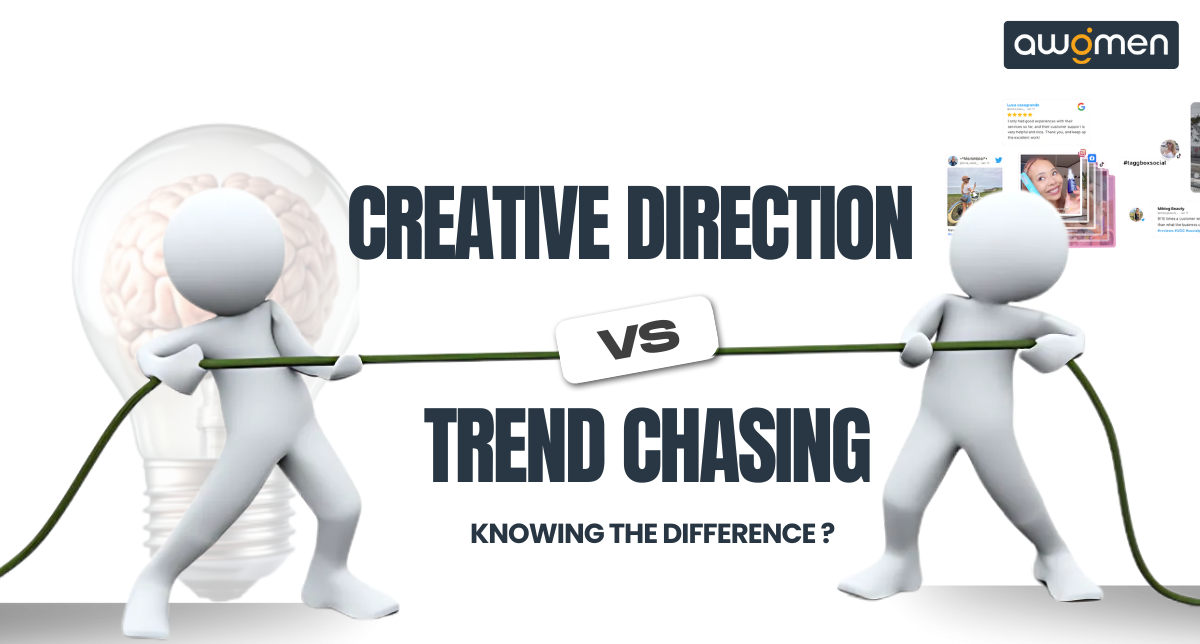
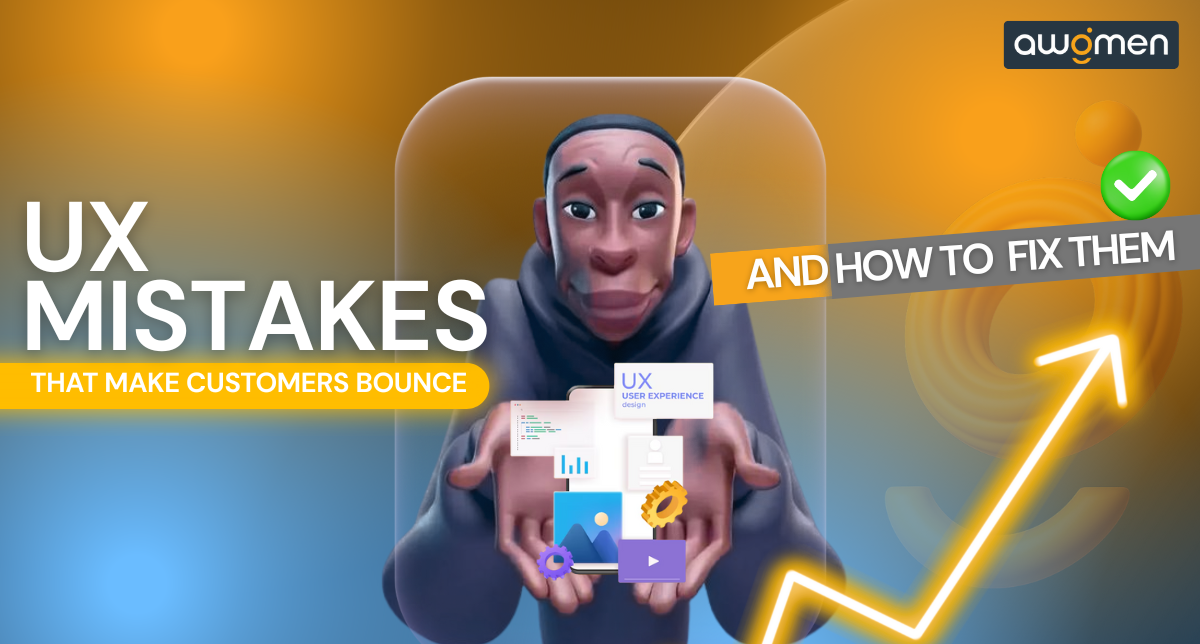
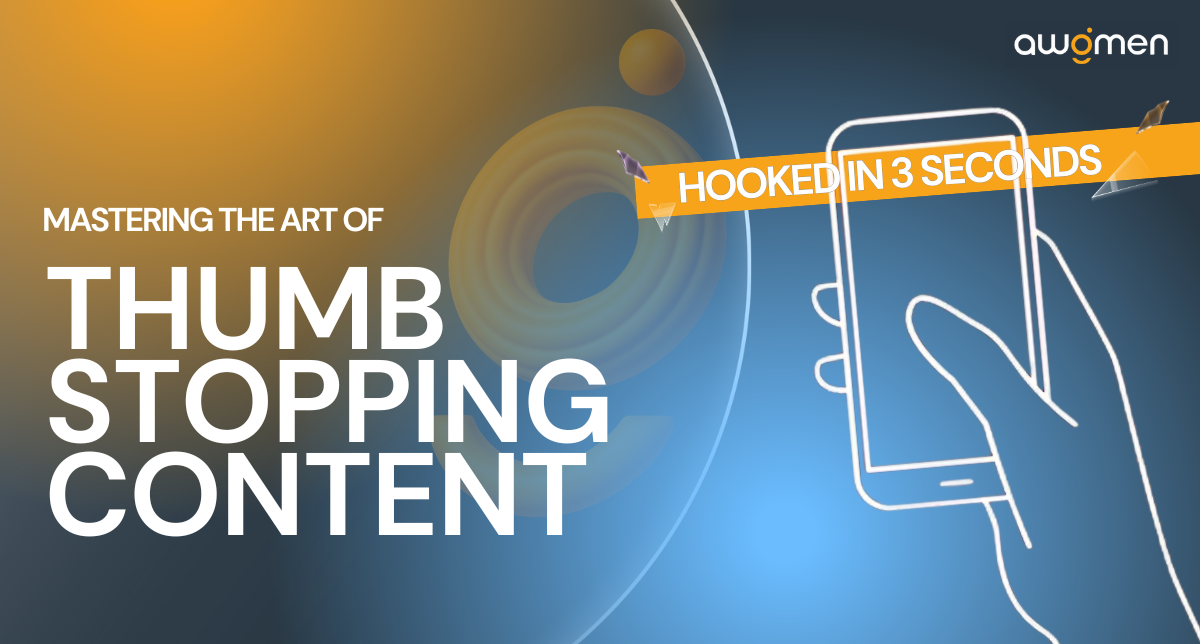
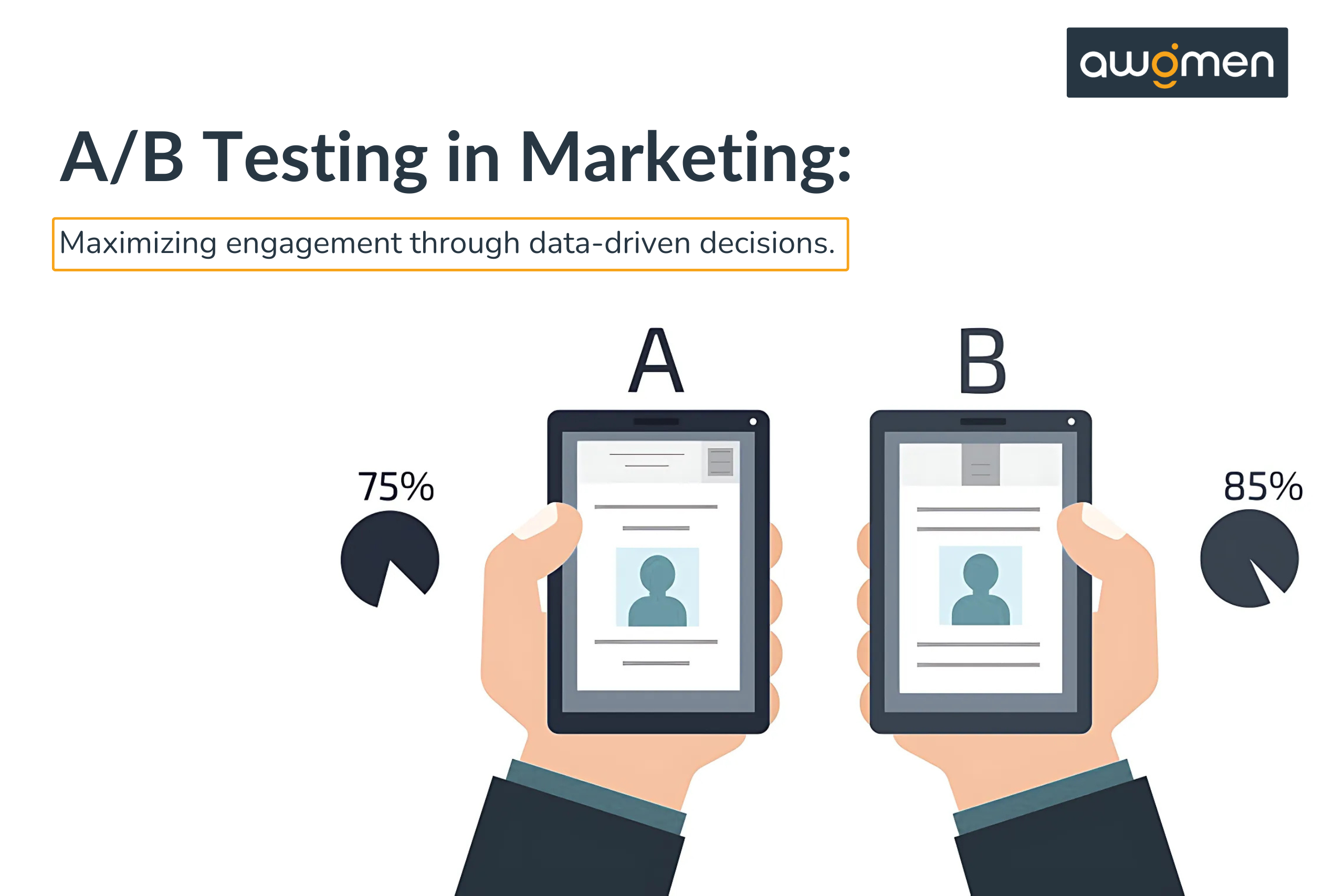
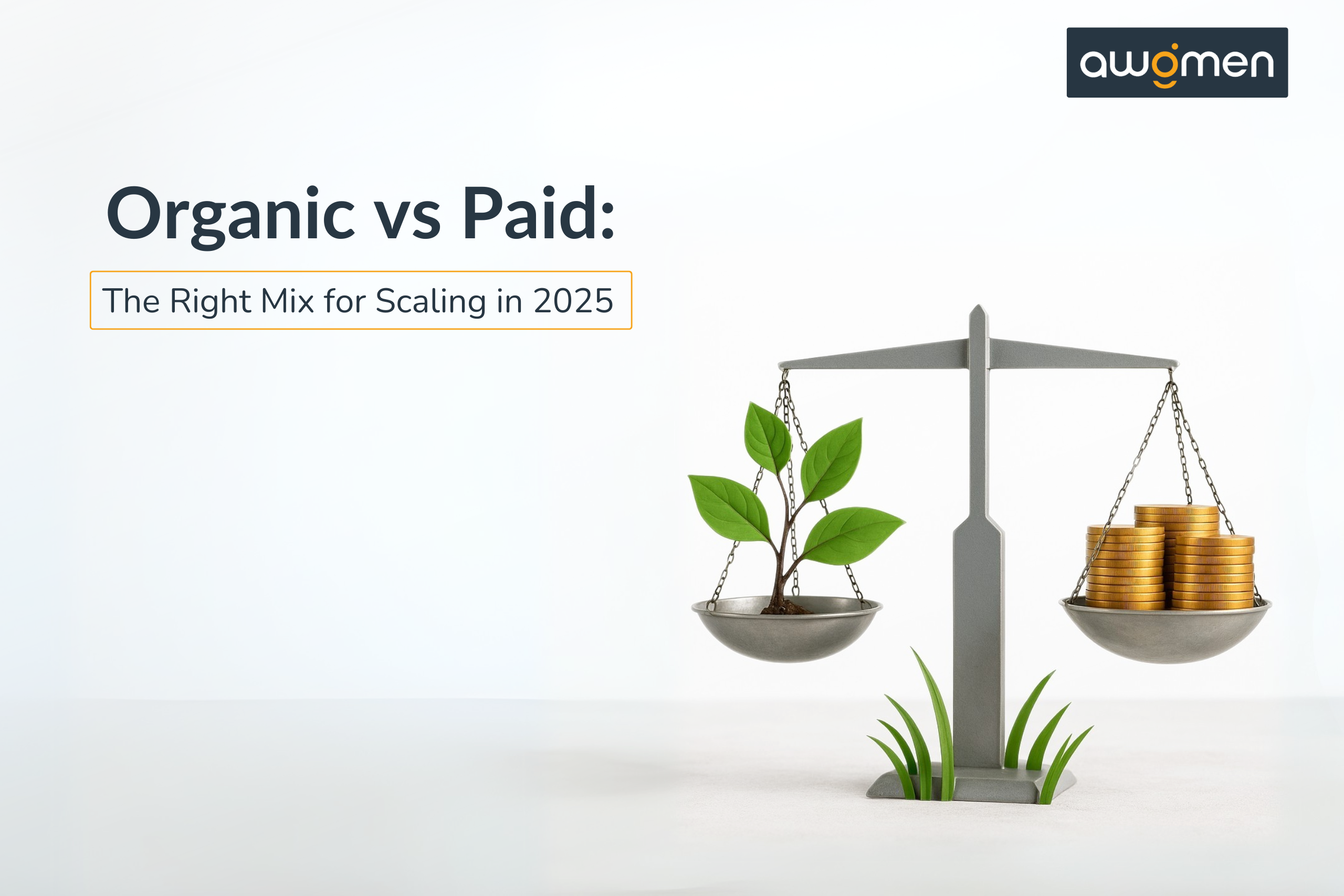

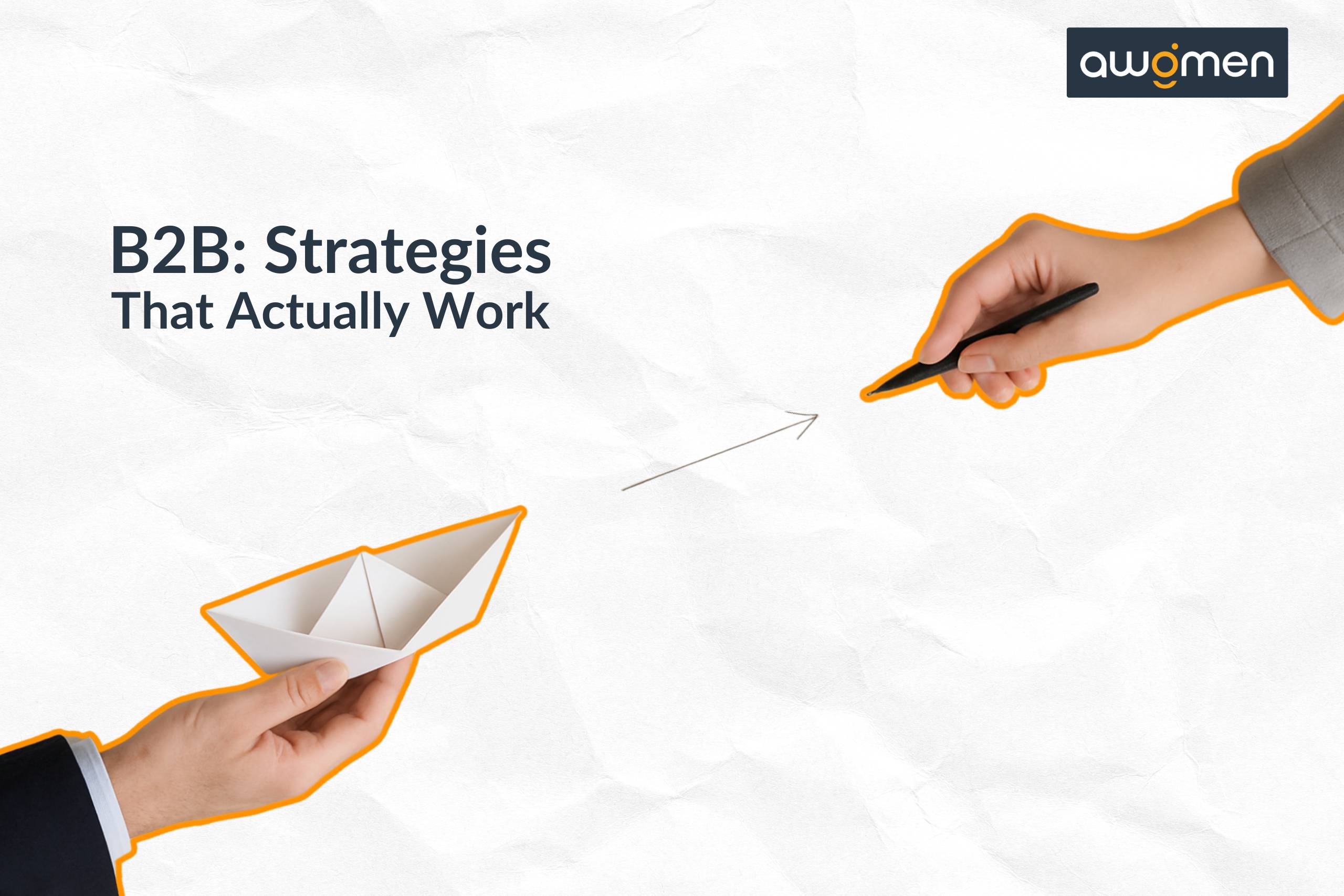



Leave a Comment